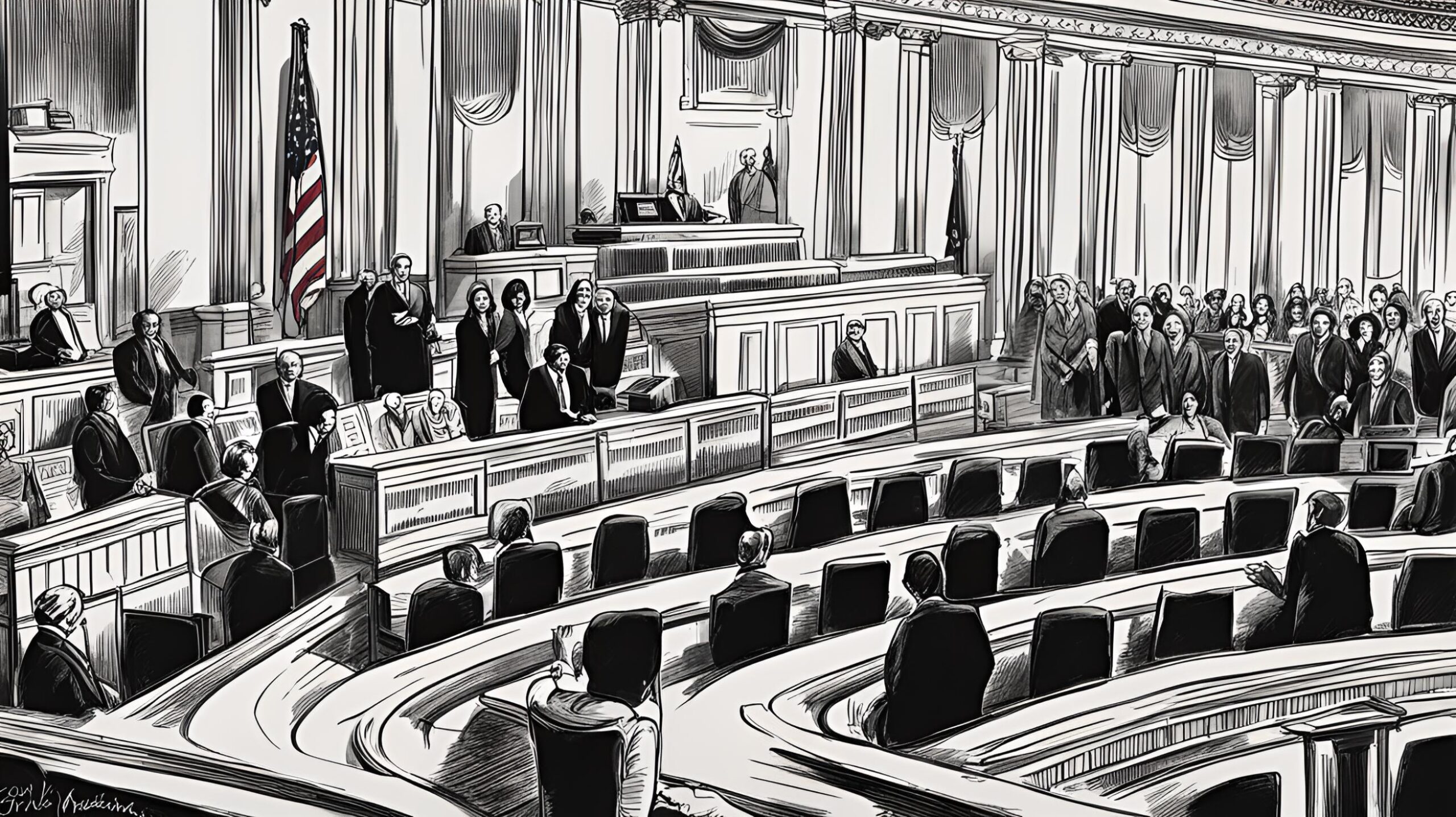Flashback to June 4
American History

1925
Moving picture of a solar eclipse taken from dirigible over Long Island, New York, USA.
Read moreOn January 24, 1925, an incredible event took place over Long Island, New York, USA – a moving picture of a solar eclipse was captured from a dirigible. This historic moment not only provided an awe-inspiring view of the celestial phenomenon but also showcased the advancements in technology during that time. In this article, we will delve into the details of this extraordinary event and highlight its significance.
Before we dive into the details, let’s take a moment to understand what a solar eclipse is. A solar eclipse occurs when the moon passes between the sun and the Earth, obscuring the sun’s light and casting a shadow on our planet. This unique celestial phenomenon has fascinated humans for centuries, attracting scientists, astronomers, and curious observers alike.
Now, imagine capturing the essence of a solar eclipse on film from a dirigible! A dirigible, also known as an airship or blimp, is a type of aircraft that is lighter than air and propelled by engines. In the 1920s, dirigibles were a popular mode of transportation and were often used for various purposes, including aerial photography.
The moving picture of the solar eclipse taken from the dirigible over Long Island was a groundbreaking achievement at that time. This feat demonstrated the capabilities of early aerial photography and showcased the potential of using aircraft for scientific observations and documentation.
The technology required to capture this moving picture was quite remarkable considering the era. Cameras used in early aerial photography were often bulky and required the utmost precision during operation. The exposure time needed to capture a moving picture of a solar eclipse would have been a challenge in itself. However, the photographers onboard the dirigible managed to overcome these obstacles and successfully recorded this rare event for posterity.
The significance of this moving picture goes beyond just the visual spectacle. It provided valuable insights into the behavior of a solar eclipse. By studying the footage, astronomers and scientists could analyze the intricate details of the eclipse, such as the behavior of the sun’s corona, the diamond ring effect, and the subtle changes in atmospheric conditions during the event.
Furthermore, this moving picture inspired advancements in both aerial photography and scientific research. It paved the way for future explorations of the skies and laid the foundation for the use of aircraft for scientific observations. Subsequent developments in aerial photography technology and techniques led to numerous breakthroughs in various fields, from cartography to environmental studies.
While the moving picture of the solar eclipse taken from the dirigible over Long Island holds immense historical and scientific value, it also reminds us of our fascination with celestial events. Solar eclipses continue to capture the imagination of people worldwide and serve as a reminder of the vastness and beauty of our universe.
the moving picture of a solar eclipse captured from a dirigible over Long Island, New York on January 24, 1925, was a groundbreaking achievement in both the realms of technology and scientific research. This historic event showcased the immense potential of aerial photography and demonstrated the intricate details of a solar eclipse. It continues to serve as a testament to human curiosity and our endless quest for knowledge about the mysteries of the universe.
We strive for accuracy. If you see something that doesn't look right, click here to contact us!
Sponsored Content

US Senate passes Women’s…
On June 4, 1919,…

Henry takes his first…
Henry's historic journey through…

Harold Hoffman, American politician…
Harold Hoffman, the former…

Terry Nichols is sentenced…
On 6/4/1998, Terry Nichols…

